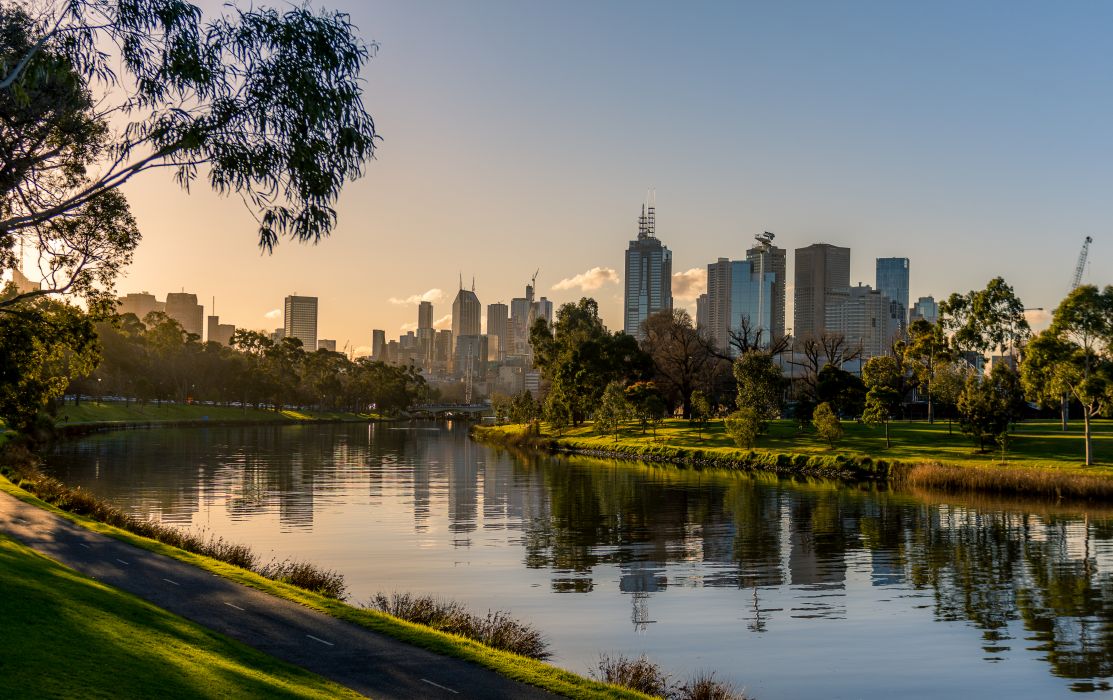Yarra River

In the bustling metropolis of Melbourne, Australia, amidst the skyscrapers and bustling streets, flows a gentle yet powerful lifeline that has shaped the city’s identity and culture for centuries: the Yarra River. Beyond its role as a vital waterway, the Yarra River holds profound cultural significance for the people of Melbourne, serving as a symbol of connection, heritage, and identity. Join me as we delve into the depths of the Yarra’s cultural importance, uncovering the stories, traditions, and values that have made it an integral part of Melbourne’s cultural landscape.
I. Indigenous Heritage: A Sacred Connection
The cultural importance of the Yarra River traces back thousands of years to the indigenous peoples of Australia, particularly the Wurundjeri tribe, who have inhabited the lands along its banks for millennia. For the Wurundjeri people, the Yarra is not merely a body of water but a living entity, imbued with spiritual significance and cultural meaning. It served as a vital source of sustenance, transportation, and spiritual nourishment, fostering a deep connection between the indigenous communities and the land they called home. The Yarra’s cultural importance is rooted in the rich tapestry of indigenous traditions, ceremonies, and stories that continue to resonate along its banks to this day.
II. European Settlement: The Birth of Modern Melbourne
The arrival of European settlers in the 19th century marked a significant turning point in the cultural history of the Yarra River. With the founding of Melbourne along its banks, the river became a focal point for commerce, industry, and urban development, shaping the city’s growth and identity in profound ways.
The Yarra River served as a vital artery for the transportation of goods and people, facilitating trade and communication with the outside world. Its waterfront precincts became hubs of activity, attracting settlers from diverse backgrounds who brought with them their own cultural traditions and customs. Despite the changes wrought by European settlement, the Yarra River retained its cultural significance as a symbol of Melbourne’s emergence as a modern, cosmopolitan city.
III. Cultural Precincts and Landmarks
Today, the Yarra River is flanked by an array of cultural precincts and landmarks that celebrate Melbourne’s diverse heritage and artistic expression. From the iconic Federation Square to the vibrant Southbank Promenade, the river’s waterfront precincts are home to museums, galleries, theaters, and performance venues that showcase the city’s cultural richness and creativity. Cultural festivals, events, and public art installations bring the river to life, fostering a sense of community and belonging among residents and visitors alike. Whether it’s the lively buskers along the promenade or the thought-provoking exhibitions at the Australian Centre for Contemporary Art, the Yarra’s cultural precincts offer something for everyone to enjoy and appreciate.
IV. Indigenous Reconciliation and Recognition
In recent decades, there has been a growing movement to recognize and honor the indigenous heritage of the Yarra River, as well as to promote reconciliation and healing between indigenous and non-indigenous communities. Initiatives such as the Birrarung Council and the Wurundjeri Woi-wurrung Cultural Heritage Aboriginal Corporation (WWCHAC) are working to ensure that indigenous voices are heard and respected in decisions regarding the management and stewardship of the Yarra.
Public art installations, cultural events, and educational programs are raising awareness of indigenous culture and history, fostering greater understanding and appreciation among all Australians. By acknowledging and celebrating the indigenous heritage of the Yarra River, Melbourne is taking important steps towards reconciliation and healing in the spirit of mutual respect and collaboration.
V. Environmental Conservation and Sustainability
In addition to its cultural significance, the Yarra River plays a vital role in Melbourne’s environmental sustainability and conservation efforts. As a cherished natural asset, the river serves as a focal point for community engagement and activism around issues such as water quality, habitat restoration, and urban ecology. The Yarra’s major tributaries are the Maribyrnong River, Moonee Ponds Creek, Merri Creek, Darebin Creek, Plenty River, Mullum Mullum Creek, and Olinda Creek.
Organizations such as the Yarra keeper Association and Melbourne Water are working to protect and enhance the health of the Yarra and its surrounding ecosystems through initiatives such as river clean-ups, revegetation projects, and water quality monitoring. By promoting environmental stewardship and sustainability, the River is not only preserving its cultural importance but also ensuring its viability as a thriving ecosystem for future generations to enjoy and cherish.
Conclusion:
In conclusion, the Yarra River holds a special place in the hearts and minds of the people of Melbourne, serving as a cherished symbol of cultural heritage, identity, and connection. From its indigenous roots to its modern-day role as a vibrant cultural precinct, the river’s cultural importance is woven into the fabric of Melbourne’s history and identity.
By honoring and celebrating the indigenous heritage of the Yarra River, promoting reconciliation and recognition, and fostering environmental conservation and sustainability, Melbourne is preserving and enhancing the cultural significance of its beloved waterway for generations to come. As we reflect on the profound cultural importance of the Yarra, we are reminded of the power of nature to unite, inspire, and enrich our lives in ways that transcend time and space.
Know More about the Yarra River.
What are The Religious Places of the Yarra River?
When Did The Yarra River Basin Become a Focus?
Where is The Yarra River Located?
Who Were The Key Historical Figures and Civilizations of The Yarra River?
How to Reach Yarra River?




